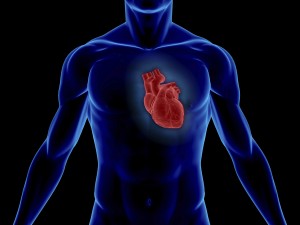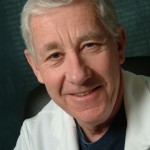Just like diabetes and hypertension, depression is a prevalent medical condition that is highly treatable. However, if ignored, it appears to increase the risk for heart disease. Researchers at Emory are continuing studies related to the link between depression and heart disease as a result of a 2-year, $1.5 million grant from the National Institutes of Health (NIH) through the 2009 American Recovery and Reinvestment Act.
Lead investigator, Viola Vaccarino, MD, PhD, professor of cardiology at Emory School of Medicine, is looking at the relationship between depression and heart disease, specifically researching the potential mechanisms.
Vaccarino says although depression has been implicated as a risk factor for heart disease for many years, there is still question whether this is a causal association or whether there are other reasons why people who are depressed may be more likely to get heart disease. Clarification of these mechanisms will improve our understanding of the disease and ultimately point to more effective primary prevention strategies for the identification and treatment of high-risk individuals.
Vaccarino and her team will study twin males born between 1946 and 1956 from the Vietnam Era Twin Registry comparing one twin who has depression and one who does not. She says this is almost a natural experiment, allowing researchers to separate out genetics and influences from the environment or behavior.
Vaccarino will be looking at myocardial blood flow measured with PET, a common imaging technique of the heart. It can quantify exactly how much blood is going to the coronary arteries in the heart and carefully determine if depression is associated with decreased blood flow to the heart.
This grant builds on a previous project looking at the same population of twins and allows researchers to bring these twins back and compare two time points. Researchers measured myocardial blood flow with PET a few years ago and will now be able to monitor progression of heart disease over time
Learn more about Emory’s stimulus grant funding.








